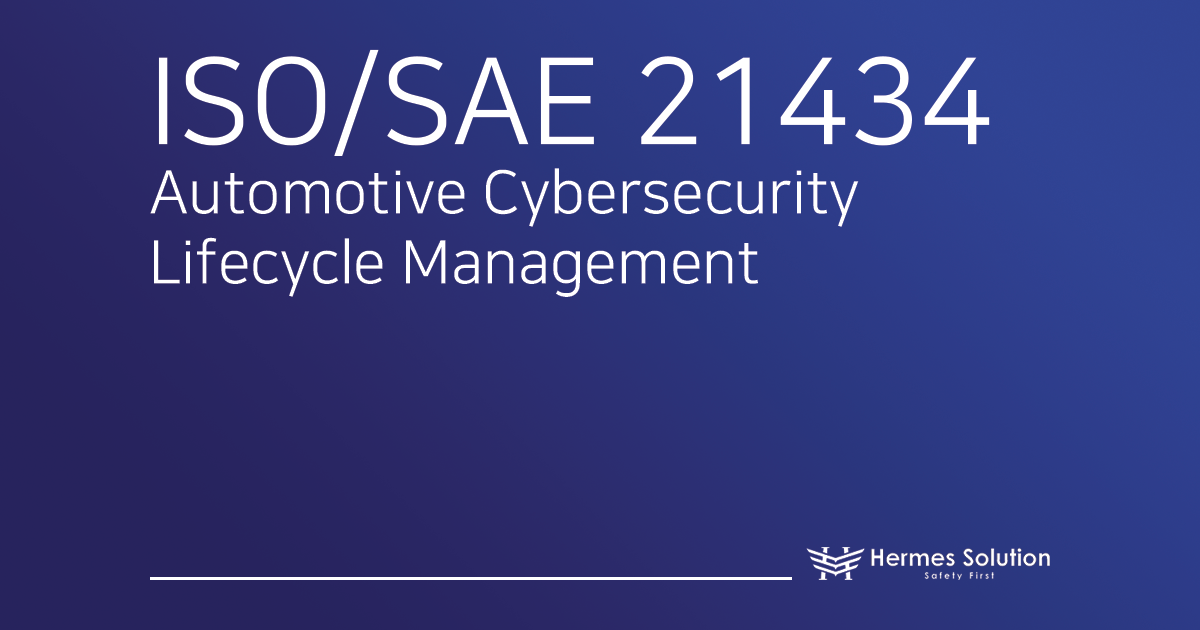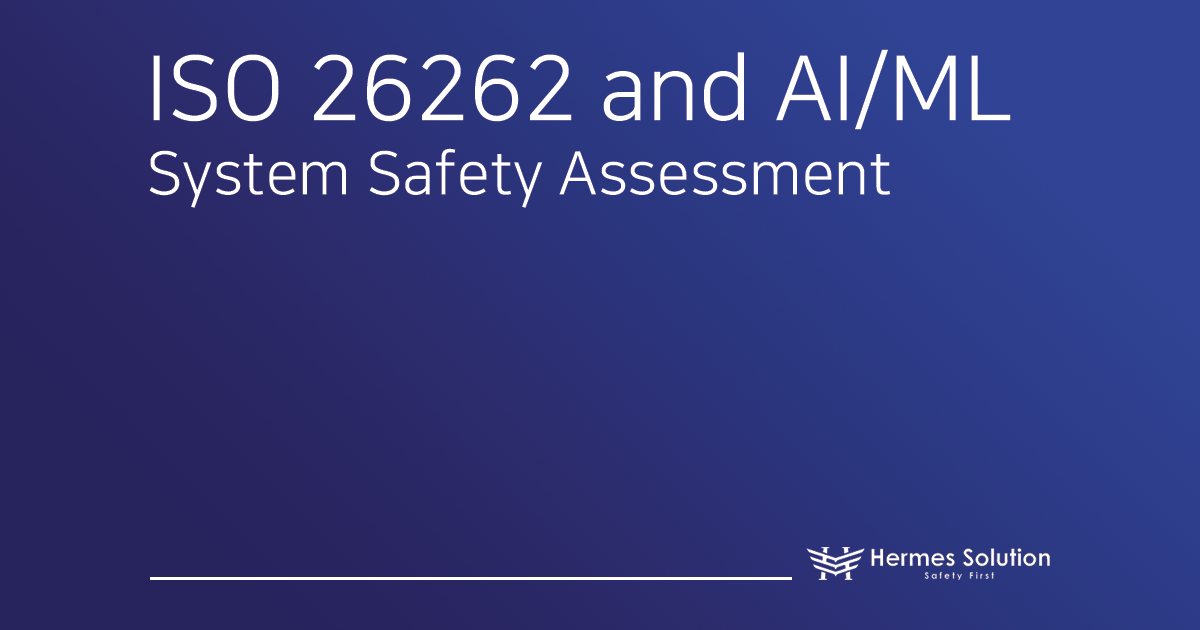Hello! Today, let’s explore the critical role of E/E (Electrical/Electronic) systems and the international standard ISO 26262 in the modern automotive industry. As automotive technology rapidly evolves, E/E systems and ISO 26262 have become essential to ensuring the safety and quality of vehicles. So, what are E/E systems and ISO 26262? Why are they important, and how might they evolve in the future? Let’s dive in!
What Are E/E Systems?

E/E systems refer to the electrical and electronic systems in vehicles and are one of the key application areas of the ISO 26262 standard. They encompass everything from simple wiring to complex sensor control units and the software that operates them. ISO 26262 provides rigorous guidelines to ensure functional safety across the design, development, and validation processes of E/E systems.
Key Components of E/E Systems
E/E systems work through various components that interact seamlessly to ensure the vehicle operates safely and efficiently. Let’s examine the main components and how ISO 26262 applies to each:
ECU (Electronic Control Unit): The brain of the vehicle that controls various functions. ISO 26262 ensures safety in its design and validation processes.
Sensors: Gather information from the vehicle’s interior and exterior. ISO 26262 emphasizes reliability in sensor data processing.
Actuators: Convert ECU commands into physical actions, with ISO 26262 addressing potential errors in this process.
Communication Networks: Systems like CAN and FlexRay for data transmission are regulated under ISO 26262 to prevent errors.
Software: Powers all vehicle functions. ISO 26262 provides strict safety requirements for software development.
The Importance of E/E Systems and ISO 26262
E/E systems are the backbone of automotive performance, convenience, and safety. ISO 26262 is an indispensable international standard ensuring these systems are designed and implemented with functional safety in mind. Here’s why their importance continues to grow:

Enhanced Safety: Advanced technologies like ADAS rely on ISO 26262 to prevent accidents and protect passengers.
Support for Fuel Efficiency and Performance: Ensures the safety of engine and powertrain systems, indirectly improving performance and fuel efficiency.
Safe Convenience Features: Prevents errors in systems like automated parking through ISO 26262 verification processes.
Eco-Friendly Mobility: Ensures the safety of E/E systems in electric and hybrid vehicles, supporting the realization of sustainable mobility.
Foundation for Autonomous Driving: ISO 26262 serves as a critical standard for ensuring functional safety in autonomous driving technologies.
Trends in E/E Systems and ISO 26262
As the automotive industry becomes increasingly software- and data-centric, ISO 26262 is also evolving. Key trends include:
Software-Centric Focus: The role of software is becoming more critical, and ISO 26262 has expanded its safety requirements to cover the entire software development process.
Integration and Centralization: The shift from individual ECU-based systems to centralized computing platforms (e.g., central vehicle computers) requires ISO 26262 to cover software integration and platform safety.
OTA (Over-The-Air) Updates: The growing prevalence of remote software updates necessitates managing safety and security issues under ISO 26262, especially to prevent system malfunctions during updates.
Strengthened Cybersecurity: ISO 26262 increasingly integrates with standards like ISO/SAE 21434 to ensure the simultaneous safety and security of vehicle systems.
AI and Big Data Integration: With expanding use in autonomous driving, ISO 26262 is exploring methods to validate safety in AI-based systems and integrate data-driven technologies for predictive safety and error detection.

E/E Systems and ISO 26262: At the Heart of Automotive Innovation
E/E systems and ISO 26262 are indispensable for the automotive industry. Their importance spans safety, efficiency, convenience, eco-friendliness, and autonomous driving.
For those interested in the automotive field, gaining a deep understanding of E/E systems and ISO 26262 is crucial. Stay updated on developments in this area and continue exploring relevant technologies and standards! 🚘✨












